
How the RSK improved on the giant-killing 550 Spyder
By Steve Temple
Photos by Larry Weiner
There’s an old saying about “standing on the shoulders of giants.” This expression aptly fits the Porsche RSK — except that it stood on the shoulders of a giant killer. That’s how the 550 Spyder was described, due to its outstanding successes over much larger and more powerful race cars back in the 1950s and early ’60s. Porsche built on its remarkable racing achievements with the 718 model, as it was initially designated, taking the 550’s design and engineering to even further heights.
Changes were made not only to stay competitive, but also to meet new race regulations. The 718 enhanced the setup of the Spyder with a lower and lighter chassis for better handling, But the mid-mounted engine remained the same, a 142 hp 1.5-liter Type 547/3 quad-cam engine introduced with the 550A Spyder.
How did the 718 come to be known as the RSK? Due to its K-shaped front frame, the car was later given the more familiar RSK name (and then others later on, as we’ll see).
Even though it had better engineering, the RSK didn’t enjoy an auspicious introduction, as it suffered an accident in its first race at the 1957 24 Hours of Le Mans. But in the following year, it went on to win both first in class and third overall. And in 1959, it won the Targa Florio, and also the European Hill Climb Championship in both ’58 and ’59.
The car continued to evolve and enjoy various refinements during this time period, which included an upgrade from swing axles to wishbone control arms. There was a center-seat configuration as well that could be quickly converted to a two-seat, left-hand drive setup, depending on the race venue.
Changes in the FIA racing rules in 1960 prompted other modifications, such as a larger cockpit and windscreen. A larger, 1.6-liter version of the Type 547/3 quad-cam engine was used, now delivering 160 hp. While the power output might sound a bit low by comparison, recall that the car weighed a scant 1,260 pounds, about half that of a Shelby Cobra.
This more powerful version was now referred to as the RS 60, and it continued its winning ways with victories in 1960 at both the 12 Hours of Sebring and Targa Florio. Not only that, but it successfully defended its winning streak at the the European Hill Climb Championship for the third year in a row, and a fourth time in 1961, but as the RS 61 model (though it was essentially unchanged from the RS 60).
Obviously such a dominating race car deserves a modern-day tribute in reproduction form, which was the intent of Beverly Hills Motor Cars (BHMC). As noted in the cover feature of our June 2017 issue, the firm’s specialty is fixing and enhancing replicas built by other firms. That’s the case with the RSK shown here, as its body started life at another company that’s no longer in business. The chassis is from Beck, with 3-inch round-tube frame and a VW suspension. BHMC’s chief mechanic, Chris Hibbs, handled the buildup. He has more than 15 years’ of experience building VW engines and other project cars.
For this build, “I tried to keep it as original as possible,” he points out, drawing from a close inspection of comedian Jerry Seinfeld’s original RSK. But Chris included several upgrades, such as enlarging the stock 1,600 cc VW Type 1 engine to 2,120 cc, by increasing both the bore and stroke. He emphasizes the importance of using a good sealant (Black Magic is his choice), to avoid leaks typically seen on the Type 1. Fitted with dual IDF 44 Weber carbs and a straight exhaust, plus an Engle cam and CB Performance heads, the engine delivers 120 hp, about triple the output of a standard 1,600 cc Type 1.
For anything above 2.0 liters, Chris recommends a “super diff” with two extra spider gears, four in all, along with thick aluminum side plates (replacing the factory’s thin stamped metal units). The transaxle was enhanced by Rancho Performance with a taller ring and pinion, so the car’s a freeway flyer. An Empi disc brake setup clenches down, bringing the 356 wide-five rims to a halt.
The body was modified slightly as well, with a hinged clamshell rear hood to facilitate engine access. It also has functioning, flip-open side air vent louvers (Rennsport Doors), plus a period-correct flat dash and gauge placement. Other historical details include a cut-down plexiglass windshield, aluminum Raydyot outside mirrors, and a vintage-style race-filler cap.
It’s these kind of details really make the difference in a tribute car that pays homage to the original. While this particular car is a one-off, BHMC has plans in the works to build more, integrating both authentic looks and modern mechanicals.

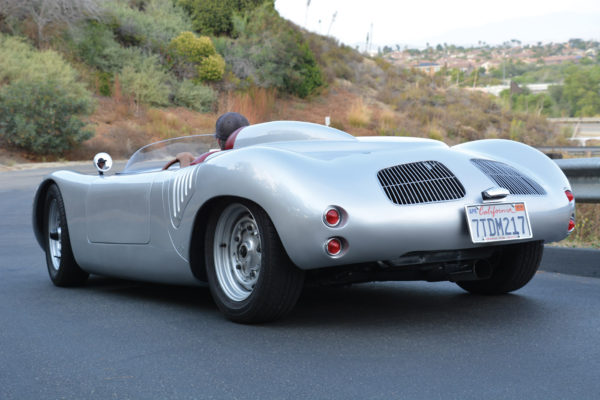
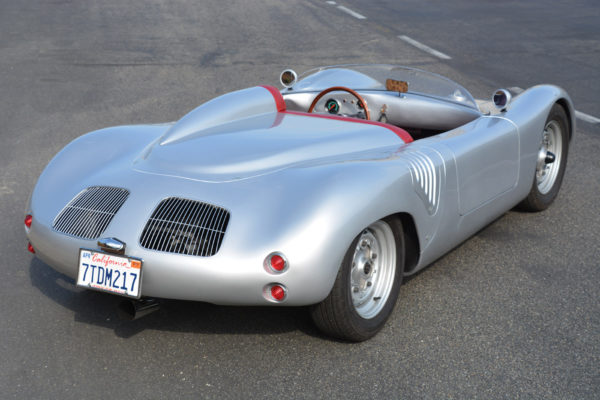
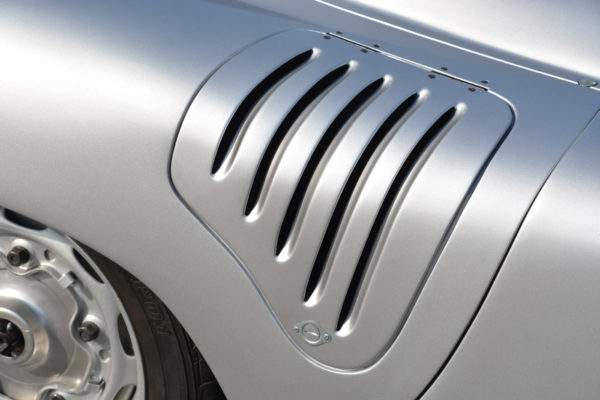
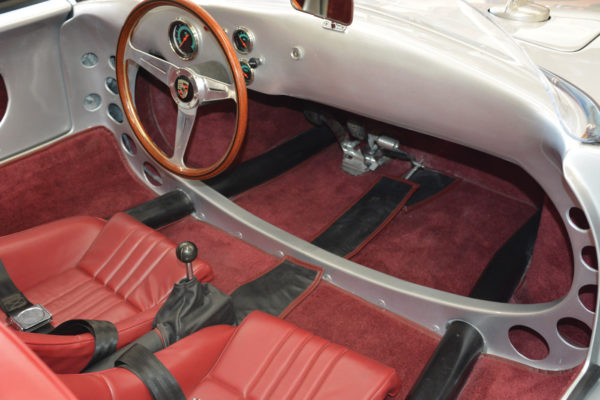
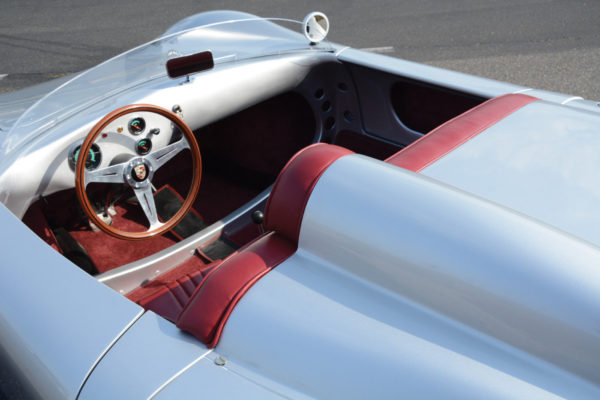
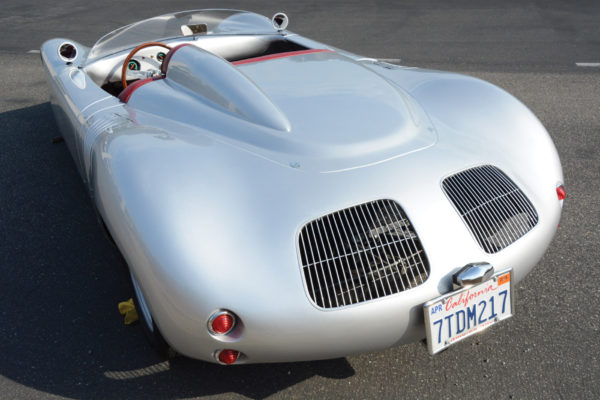
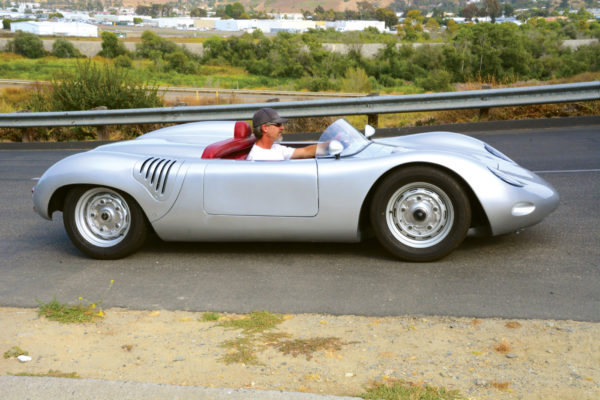
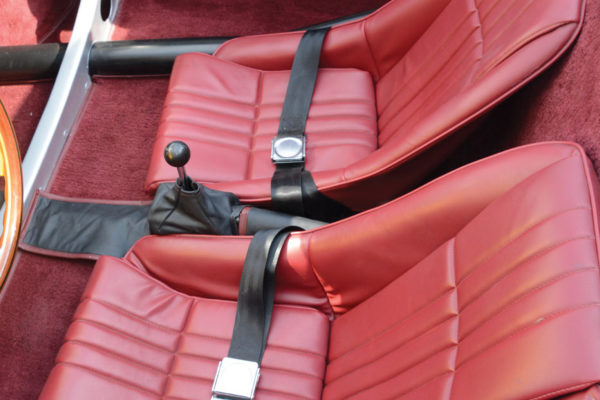
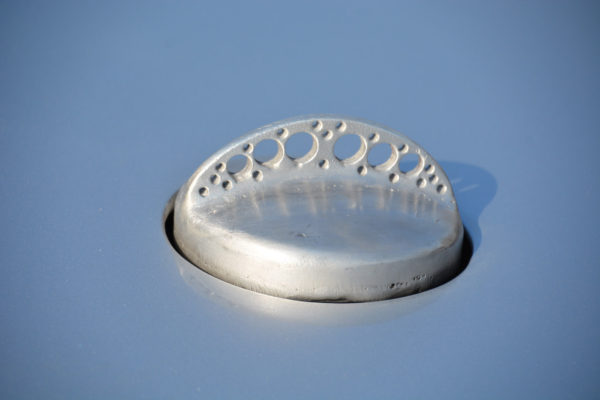
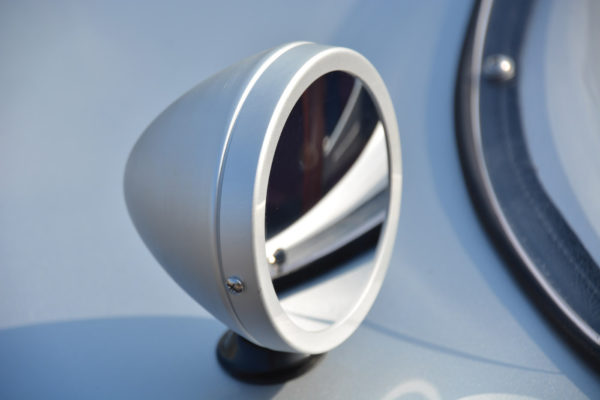
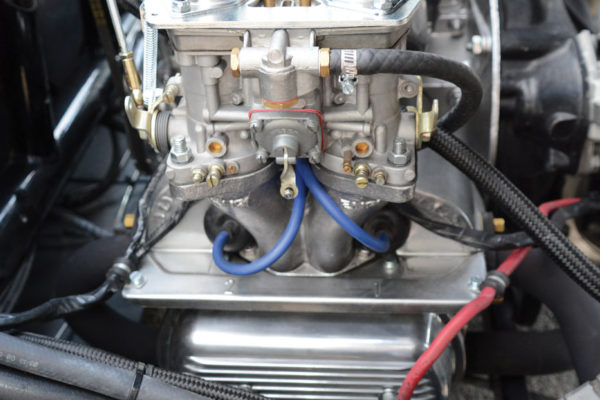
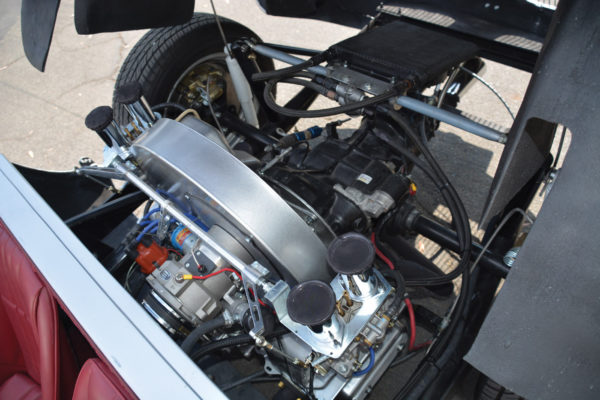
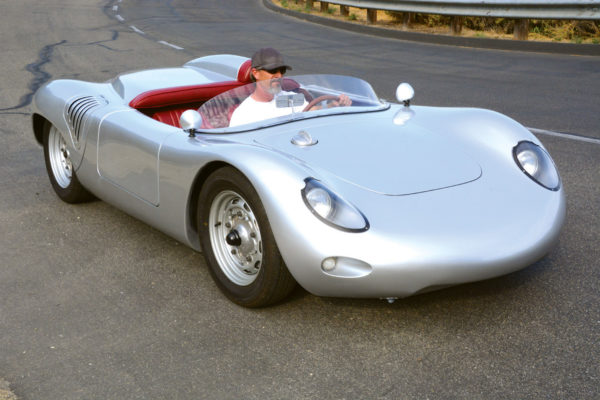
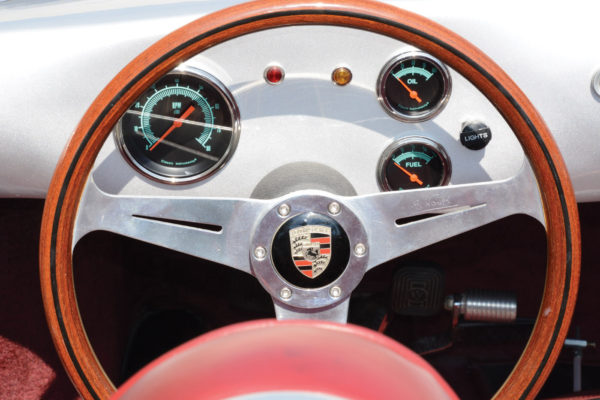
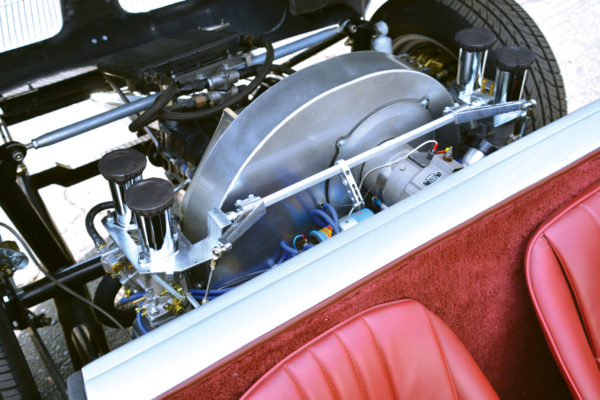
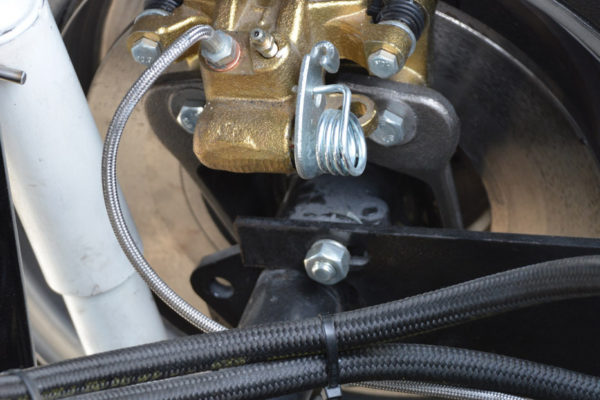
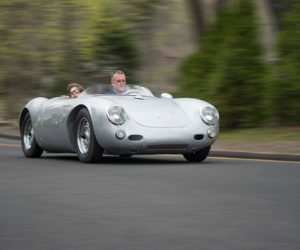
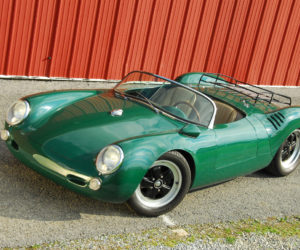
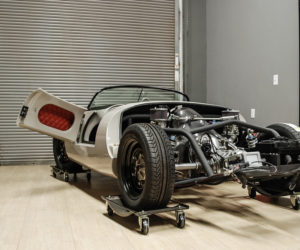
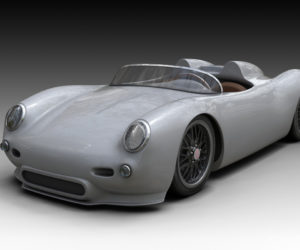
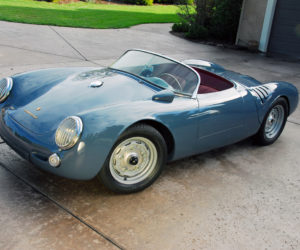




Comments for: Special K
comments powered by Disqus